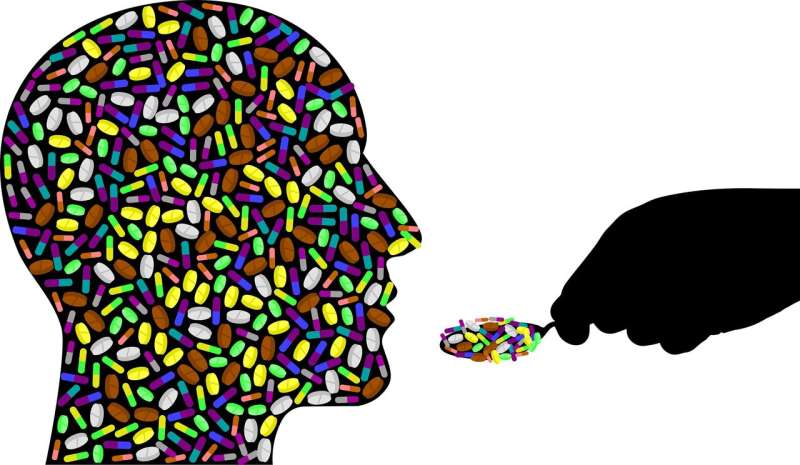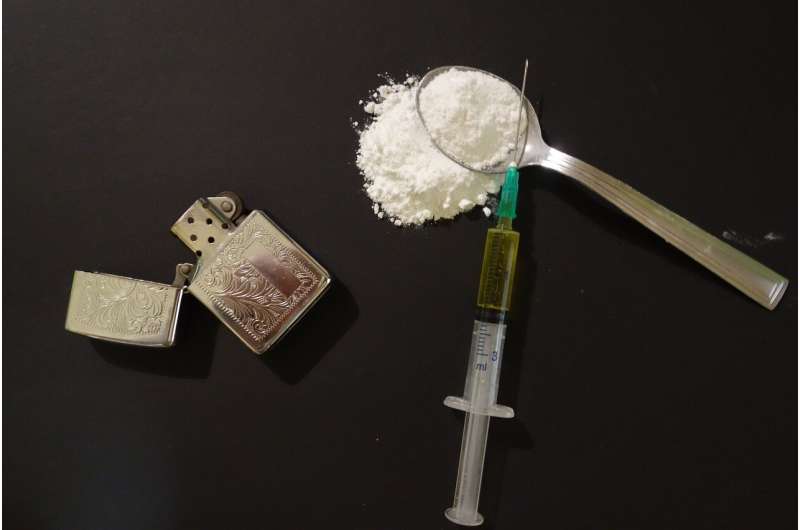Resurgence of a Forgotten Opioid as a Deadly Street Drug

Nitazenes, highly potent synthetic opioids, have resurfaced as a major and often unseen threat in the overdose crisis due to their extreme potency and detection challenges. Experts emphasize the need for increased awareness, testing, and harm reduction strategies to combat this emerging public health emergency.
Recent research highlights the alarming rise of nitazenes, a class of highly potent synthetic opioids, which are reemerging as dangerous agents in the ongoing overdose crisis. Originally developed in the 1950s, nitazenes were never approved for clinical use and are now illicitly circulating on the street and online. These substances are over 20 times more potent than fentanyl and hundreds to thousands of times more potent than morphine, making them exceedingly dangerous.
Nitazenes can be found in various forms, including liquids, pills, or powders, often sold through social media platforms and on illicit markets since 2019. Because they were never meant for human consumption and are not approved for medical use, they are classified as Schedule I drugs and pose significant detection challenges since standard drug tests often miss their presence.
The growing presence of nitazenes represents a severe threat, especially to individuals with opioid use disorder. They are frequently mixed into counterfeit pills or street drugs such as fentanyl and methamphetamine, often unknowingly ingested by users. This clandestine mixing increases overdose risks, as patients may require higher or repeated doses of naloxone, a common overdose reversal medication.
A report from the Tennessee State Unintentional Drug Overdose Reporting System identified 92 fatalities involving nitazenes between 2019 and 2023. Notably, in Tennessee, naloxone—a life-saving drug—was administered in only one-third of these deaths, underscoring the difficulty in recognizing and responding to overdoses involving these potent substances.
Experts emphasize that many users are unaware of consuming nitazenes, as these are often adulterants in pills marketed as other opioids. Addressing this emerging threat necessitates a collaborative approach involving clinicians, public health agencies, law enforcement, and community organizations to promote harm reduction, expand testing capabilities, and increase awareness.
Recommendations include broadening access to advanced drug testing strips capable of detecting nitazenes and providing at-risk populations with take-home naloxone, education, and addiction treatment options. Public health officials warn that without swift, coordinated action, the spread of these ultra-potent opioids could exacerbate overdose morbidity and mortality.
Moving forward, research calls for generating human clinical data to better understand the long-term impacts, metabolism, and treatment responses related to nitazenes. As the opioid crisis evolves, continuous vigilance and innovative strategies are essential to prevent further tragedies involving these hidden but deadly substances.
Source: https://medicalxpress.com/news/2025-09-forgotten-opioid-resurfaced-lethal-street.html
Stay Updated with Mia's Feed
Get the latest health & wellness insights delivered straight to your inbox.
Related Articles
Aquatic Therapy Benefits for Chronic Low Back Pain: Muscle Strength and Psychological Well-being
A new study reveals that aquatic therapy not only strengthens spinal muscles but also alleviates psychological barriers in people with chronic low back pain, offering a holistic approach to pain management.
Innovative Open-Source Diagnostic Tool Enhances Affordable Pathogen Detection in Low-Resource Settings
A novel open-source RT-LAMP assay offers a cost-effective, heat-stable solution for pathogen detection in remote and resource-limited areas, advancing global health diagnostics.
Study Reveals Firearm Owners' Willingness to Temporarily Store Guns Outside Their Homes for Safety Reasons
Research reveals that firearm owners are more willing to temporarily store guns outside their homes when concerned about household safety, highlighting opportunities for safety initiatives.



